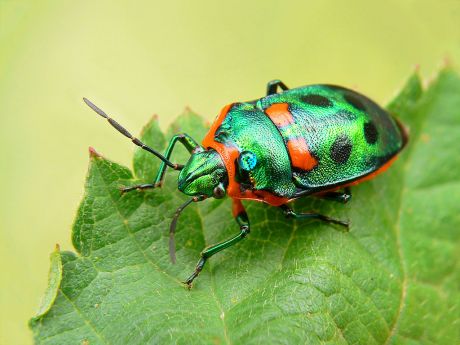As global demand for meat increases, so does the need to supply protein
in animal feed. Currently, soya and fishmeal are the principal sources
of protein in animal feed, most of which is imported from North and
South America.
The EU-funded
PROTEINSECT (Enabling the exploitation of insects as a sustainable source of protein for animal feed and human nutrition) project aims to use the largely untapped protein potential of insects to reduce pressure on plant and fish resources.
In collaboration with China, Ghana and Mali, PROTEINSECT is investigating three fly species whose larvae form a natural part of fish, chicken and pig diets. These flies are already extensively researched and suited to mass production, with the added bonus that they can feed on organic waste products.
In addition to optimising fly rearing conditions, the team is evaluating the quality and safety of protein produced from fly larvae. Samples produced in distinct geographical locations have been screened for the presence of more than 500 potential chemical contaminants, and all were found to be below the recommended maximum amounts, except for one fly species that contained concerning levels of toxic cadmium.
An important part of the PROTEINSECT project is to evaluate and foster public acceptance of eating protein derived from insects. While using insect protein directly in human food may see some resistance, over 70 % of participants surveyed said they would eat insect-fed animal products.
Realisation of the PROTEINSECT concept will reduce the environmental impact of producing protein for animal feed and potentially for human diets. Sustainable insect production systems may also provide sources of other valuable products such as chitin, vitamins and minerals. Finally, organic waste remaining after insects have been reared could be used as fertilisers, potentially reducing the use of environmentally hazardous chemicals.

